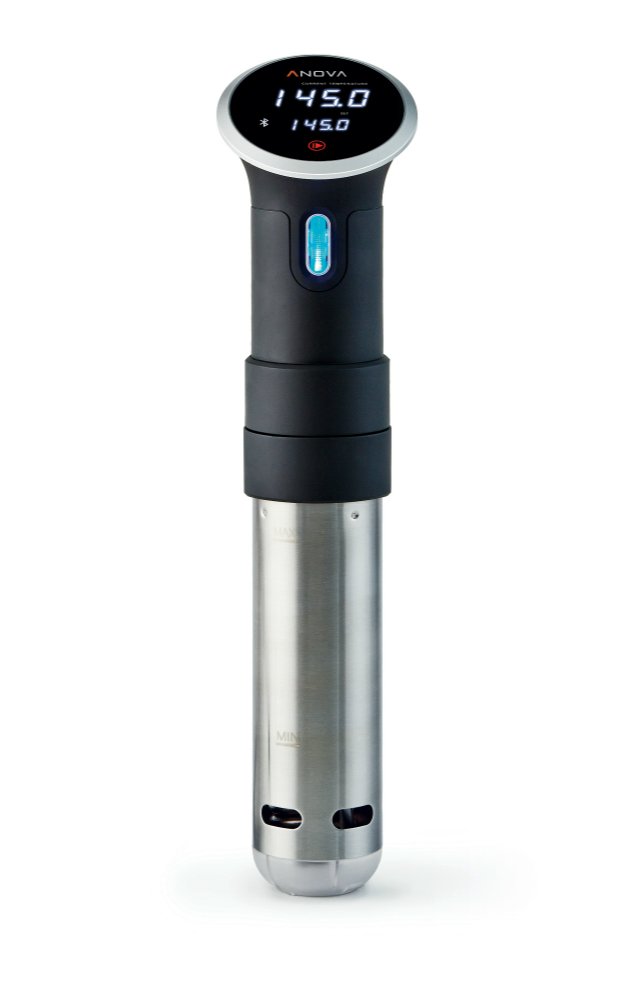For the traveling RVer, the issue of eating well while on the road is a common one. It can be difficult to invest in a good home cooked meal when you could just eat fast food or snacks while on the road. When you are finally hooked up, sometimes it is hard to get moving and decide what to make, especially if it is already late in the day.
Picture this. You are actively driving to a new site, and boy wouldn’t that be great if your food is busy cooking itself while you are driving?
Slow Cooker
The slow cooker, or Crock-Pot, is one of the more popular cooking appliances, and we all know they can be had in a crazy number of sizes and colors, and with complexity ranging from an on-off switch to fancy timers and displays. Putting the crock pot in the kitchen sink and letting it cook away while driving, or setting it outside to cook on a hot day are both popular. Cheap and very useful, but they’re not perfect.
Sometimes when I am cooking a crock pot meal, I end up essentially overcooking my meats, often due to a workout running long and not getting back home when I intended. This usually wasn’t the end of the world, but for a long time I wondered if there was a better way to cook low and slow.
We’ll talk more about slow cookers in another article. Today’s topic is a cooking method that’s only recently become affordable for the non-professional cook–and is well suited to RV cooking.
Enter Sous Vide

Sous vide cooking, which means “under vacuum” in French, is a form of cooking that takes the best feature of the crock pot “low and slow” cooking, and eliminates most of the issues like food drying out and the eternal argument over who has to clean the crud out of the crock pot.
Sous vide cooking is, simply put, the way you can make meals at home, especially meats, that rival or exceed the quality of what you would eat at an expensive restaurant.
It works like this:
1. The sous vide system, immersion circulator or heated bath, is used to heat water to a temperature that will kill microbes and cook the meat. This is below the boiling point of water.
2. The food you are cooking, often times a meat, is vacuum sealed in a food safe bag. Often times spices are added to the food first, and the meat will essentially marinate in the spices and its own juices while cooking. The juices are not permitted to escape, unlike most other cooking styles.
3. The food is cooked to the desired doneness, without overcooking. How? The water temperature you’re maintaining is essentially the finished temperature of the meat (think about the scale on a meat thermometer)–the meat can’t get any hotter than the water. Since meat will not become overdone, it may be held at temperature for quite a long time to essentially tenderize it. This is especially useful for tougher meats, like round (beef), pork shoulder, and brisket. Picture taking a relatively cheap cut of meat and turning it into super tender, flavorful cuts of absolute deliciousness!
4. Sear – many times a nice tender, perfectly cooked cut of meat can only be made better by a quick high temperature sear to brown and caramelize the outer surface of the meat. This step, if done right, results in what is called the Maillard reaction, which is the perfect browning of meat (and bread!) resulting from the chemical reaction of amino acids and sugars. The best advice I can give for best searing results, is to pat the meat dry before searing, and have the pan or grill good and hot. You will thank me later!
Benefits of Sous Vide
First, you will find that you will not overcook your meats any longer. Even better, tougher meats will be tenderized when cooked with this method. The part I really like, is that delicate and fast cooking meats can be cooked slower to allow you more control over when and how you complete your meal. If you have a side dish that is taking too long, you can leave the main course in the sous vide and it wont be overdone or get cold!
Recipes and Cooking Times
There are many sites with sous vide recipes, and I will be posting a few of my favorites in the recipe section here on RVnerds. If you are modifying a recipe you already like to make, and are trying to sort out how long to cook your dish, take a look at the time and temperature guide in the link below from Chefsteps.
In general, fish is done in less than an hour, chicken is in the hour to hour and a half timeframe. Tender cuts of beef take about an hour, but tough cuts of beef and pork can be cooked for several days to seriously tenderize them!
Food Freshness and Storage
A side benefit of sous vide cooking became apparent when I started planning my weekly meals and began including sous vide. I realized I could buy my meats, season them however I liked, then vacuum seal and freeze them (don’t forget to label the bags!). Now I could literally just toss a bag from the freezer into the sous vide and go do my workouts make it to happy hour on time :-). When I return my meal is already cooked! This seriously changed my day to day life and took quite a bit of stress out of my food preparation!
In part 2, we’ll talk about some of the equipment and techniques to make it all happen.
–John